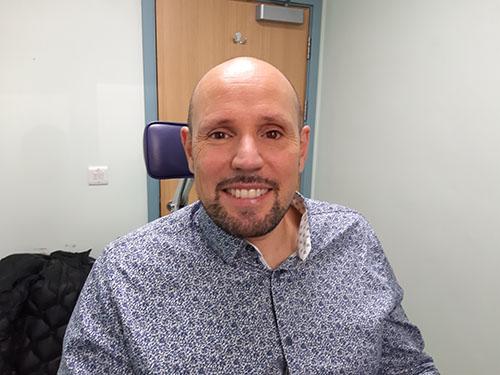A patient at the Moorfields Eye Hospital has become the first person to receive a 3D printed prosthetic eye.
As the world advances in science, researchers are now using 3D printing technology to create organs in the lab. In the past, researchers have used the technology to engineer a 3D printed pancreas, heart, ovaries, and even a vaccine patch. Now, using the same technology researchers at Moorfields Eye Hospital have created a 3D printed prosthetic eye.
Steve Verze has now become the first person to receive the fully digital 3D printed prosthetic eye. The 47-year-old had worn a traditional prosthetic since he was 20. الرهان على مباريات كرة القدم
When I leave my home, I often take a second glance in the mirror, and I’ve not liked what I’ve seen. This new eye looks fantastic and, being based on 3D digital printing technology, it’s only going to be better and better.
Steve Verze, patient
Moorfields Eye Hospital reported the event in a recent press release.
Waiting Time Cut in Half
Traditional acrylic prosthetic eyes are hand-painted and then fitted into the eye socket. An invasive eye mould, often requiring anaesthesia, is then taken for fitting the prosthetic. On the other hand, a 3D printed eye requires digital scans of the eye socket. This noninvasive method provides doctors with a detailed image for betting fitting.
Unlike acrylic prosthetics, the digital eye is more realistic with a ‘clearer definition and a real depth to the pupil’. The hospital further added that the new technology can cut waiting time in half for patients. جاك بوت From hand-painting to fitting, acrylic prosthetic eyes take approximately six weeks to complete. Comparatively, a 3D printed eye is available within two and a half hours. After this, a scan is taken and the eye is sent to an ocularist for polishing and fitting. This whole process takes two to three weeks which is half of the traditional method.
Researchers now plan to conduct a clinical trial for the new prosthetic, involving more patients. بيت٣٦٥
We hope the forthcoming clinical trial will provide us with robust evidence about the value of this new technology, showing what a difference it makes for patients.
Professor Mandeep Sagoo, clinical lead, Moorfields Eye Hospital
Source: Moorfields Eye Hospital




